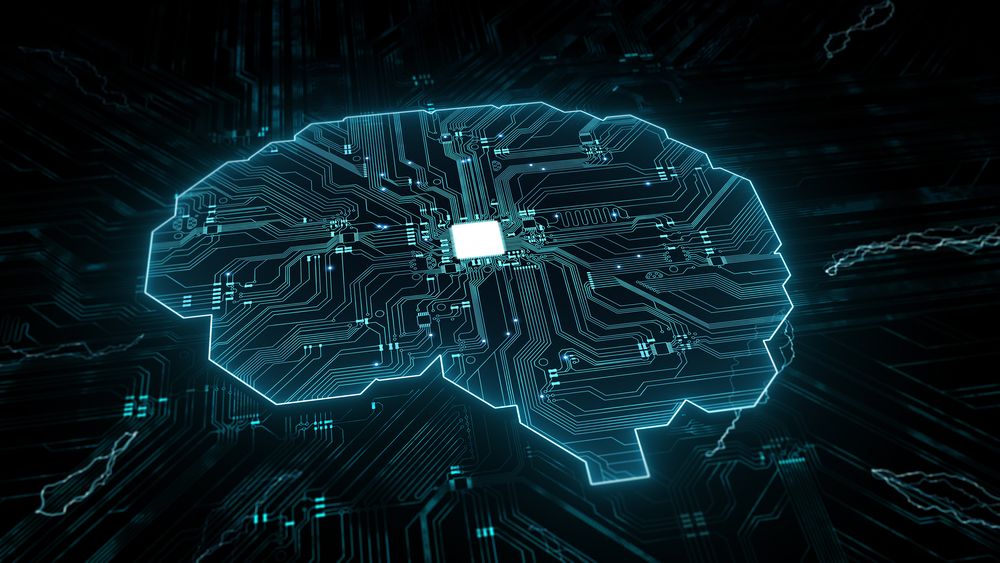Reinforcement Learning (RL) algorithms represent a class of machine learning methodologies where an agent learns to make decisions through interactions with an environment. The agent gets feedback in the form of rewards or punishments bestowed on it for the actions it takes, and the overall objective is to maximize cumulative rewards through time. Differing from supervised learning, RL does not rely upon labeled data, but rather it learns from experience. Through trial and error, reinforcement learning excels at solving sequential decision-making problems across domains like robotics, gaming, and autonomous systems especially when using value-based algorithms that estimate future rewards to guide action.
Main types of Reinforcement Learning (RL) algorithms:
- Value-Based Algorithms
Value-based algorithms primarily work towards evaluating the potential benefits an action may have in a given condition while making a decision. Value-based methods usually learn a value function known as the Q-value, which specifies the expected reward in the future by taking a particular action in a certain state. The agent executes an action with the aim of maximizing this value. An example of such algorithms is the Q-Learning algorithm wherein Q-values are updated through the Bellman equation. More advanced versions are Deep Q-Networks (DQN) that approximate these values by using neural networks in high-dimensional environments such as video games.
- Policy-Based Algorithms
Policy-based algorithms directly learn a policy that maps states to actions without estimating value functions. These methods optimize the policy using techniques like gradient ascent to maximize expected rewards. They are particularly useful in environments with continuous action spaces. One popular example is REINFORCE, a Monte Carlo-based method. Another widely used algorithm is Proximal Policy Optimization (PPO), which improves training stability by limiting how much the policy can change at each update.
3. Model-Based Methods:
These algorithms learn the model and simulate the evolution of states from an initial state and finally an action. Once the dynamics model is learned, the agent can use it to simulate the future states and choose the best action without ever interacting with the real environment. This family of algorithms is very sample-efficient and suitable for cases where acquiring data is either very costly or risky. An example that revolutionized the field is MuZero, which learns the model and the policy without ever being given the rules of the environment;at the same time, it attains state-of-the art performance in Go, Chess, and other board games.
4. Actor-Critic Algorithms
Actor-Critic algorithms are a hybrid reinforcement learning technique that combine the advantages of both value-based and policy-based methods. Actor-critic methods maintain two perspectives: the actor decides what action to take, while the critic evaluates how good the action was by employing a value function. This idea of two perspectives given stability to the training process and fosters great performance. Examples of algorithms: Advantage Actor-Critic(A2C), Asynchronous Advantage Actor-Critic(A3C), and Soft Actor-Critic (SAC) These are typically used in continuous control problems such as in robotics and autonomous driving.
Examples of Reinforcement Learning Algorithms:
Some widely used RL algorithms are Q-Learning, Deep Q-Networks (DQN), Proximal Policy Optimization (PPO), and Soft Actor-Critic (SAC). Q-Learning is a basic algorithm that learns the value of actions in discrete environments. On the other hand, DQN uses deep neural networks to work with high-dimensional inputs such as images and videos. PPO is a policy-based algorithm known for its stability and efficiency in continuous control tasks and hence is often applied in robotics. SAC is an actor-critic method that uses entropy regularization to promote exploration and thus achieves a very good performance in brutally difficult environments.
Top 10 reinforcement learning algorithms:
- Q-Learning
Since it is a value-based algorithm, Q-Learning is ideal for discrete action spaces. It learns by receiving rewards with which it updates Q-values for optimal action-selection policy. This makes it ideal, for example, in simple setups such as grid-worlds or basic games.
- Deep Q-Network (DQN)
DQN is an extension of Q-Learning in which Q-values are approximated using deep neural networks, enabling it to handle high-dimensional inputs such as raw pixels. It has had a great impact on RL by offering a solution for agents to play Atari games straight from screen images.
- Double DQN
Double DQN improves DQN by reducing overestimation bias through decoupled action selection and evaluation, resulting in more stable learning.
- Dueling DQN
Dueling DQN extends DQN by splitting the state value estimation and action advantage estimation, which is particularly beneficial for problems with many similar actions.
- Proximal Policy Optimization (PPO)
PPO is a policy algorithm that is both stable and efficient. It employs a clipped objective to avoid sudden policy updates and thus performs well in continuous control tasks such as robotics and locomotion.
- Advantage Actor-Critic
Advantage Actor-Critic is policy and value learning combined, which makes it applicable to real-time decision-making in dynamic, multi-agent environments.
- Deep Deterministic Policy Gradient (DDPG)
DDPG is geared for continuous action spaces and employs a deterministic policy gradient algorithm. It’s best applied to tasks such as robotic arm control and autonomous vehicles, where accuracy matters when it comes to actions.
- Twin Delayed DDPG (TD3)
TD3 improves DDPG with the addition of twin critics to mitigate overestimation and policy update delay for improved stability. These features make it particularly suitable for high-precision control in difficult simulations.
- Soft Actor-Critic (SAC)
SAC promotes exploration with the incorporation of an entropy bonus to the reward signal. This allows the agent to strike a balance between exploration and exploitation, making it extremely sample-efficient and powerful in deep exploration-requiring environments.
- MuZero
MuZero is a model-based algorithm that learns an environment model without knowing its rules. It unifies planning and learning to deliver state-of-the-art performance on strategic games such as Chess, Go, and Atari, and it’s one of the most sophisticated RL algorithms to exist.







